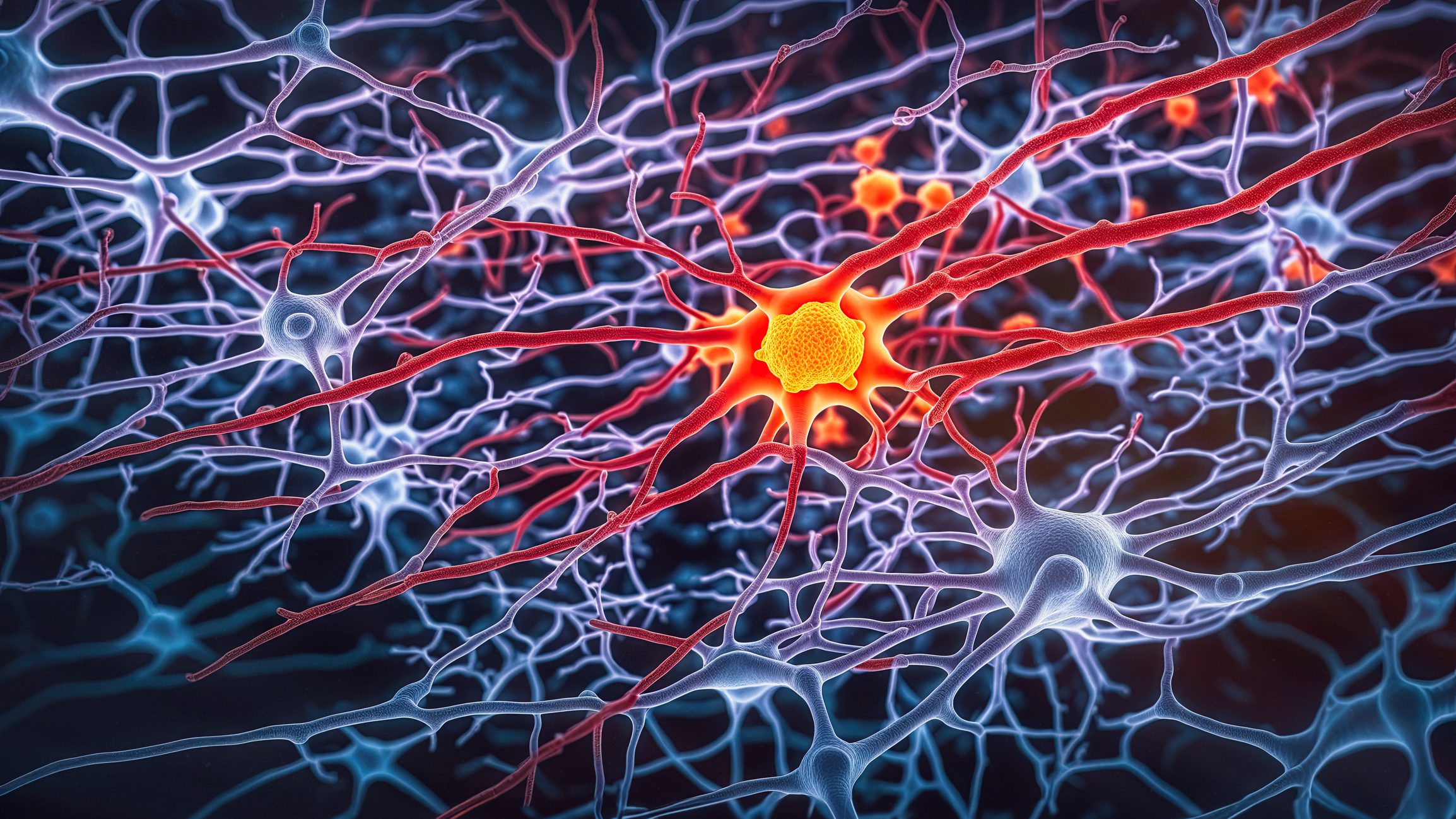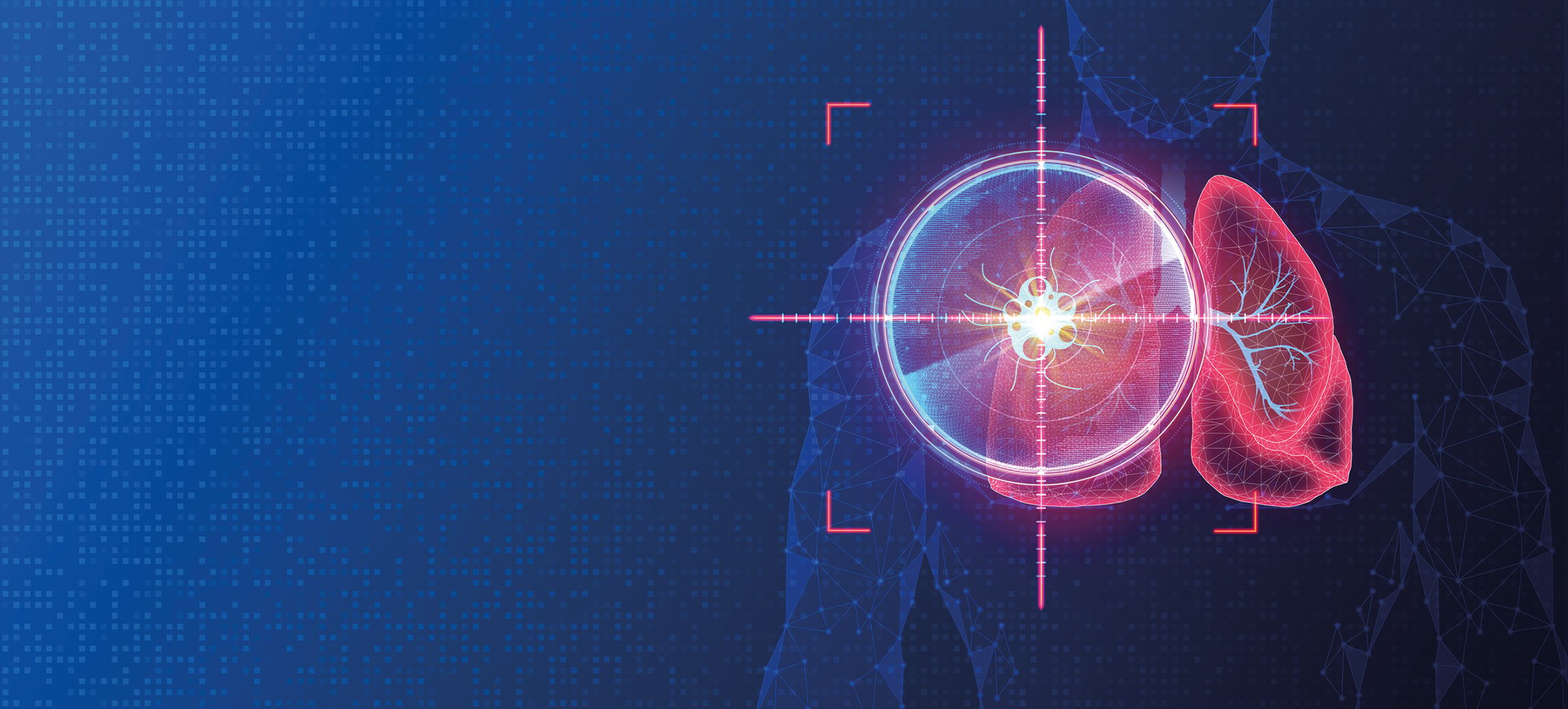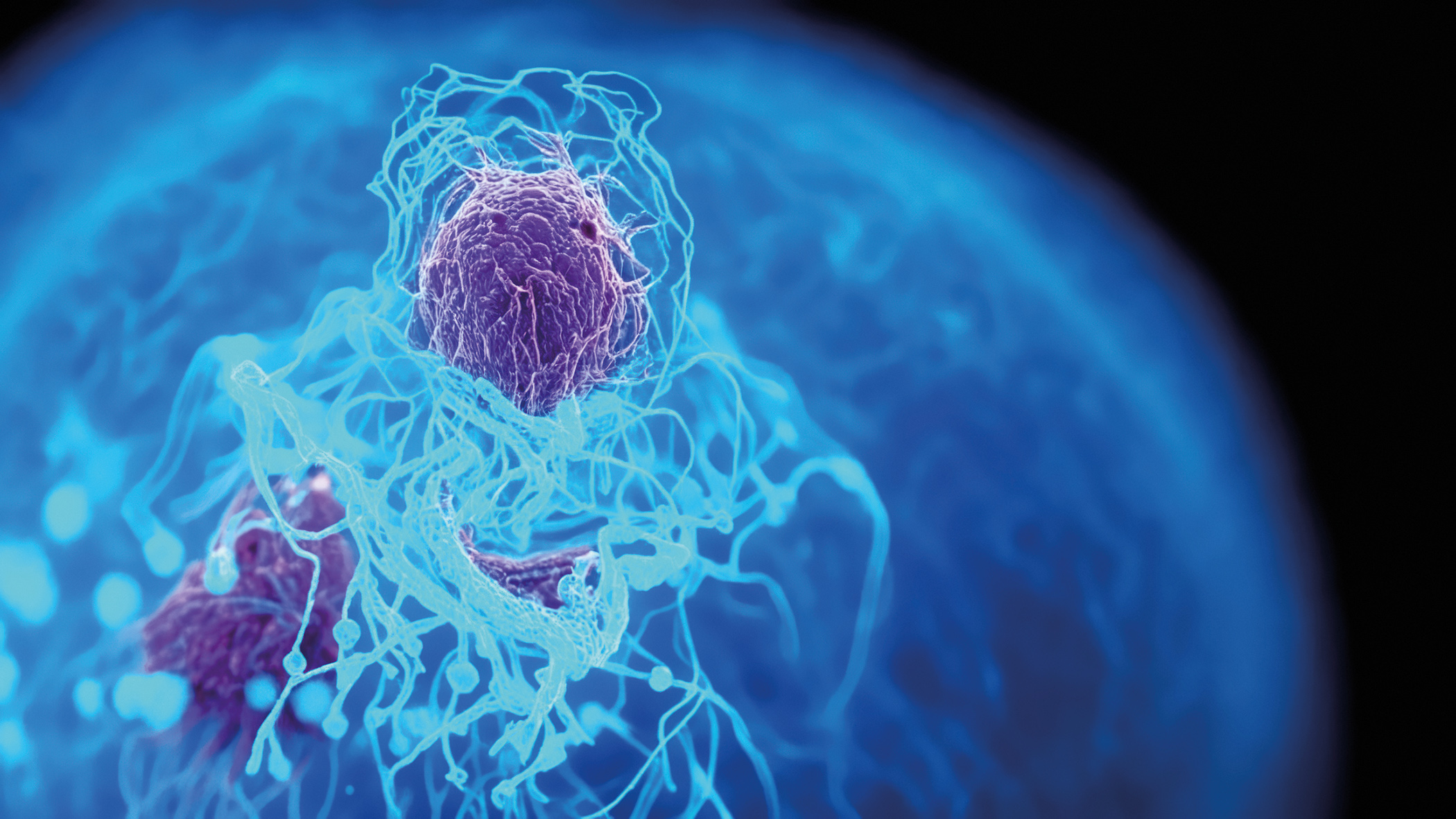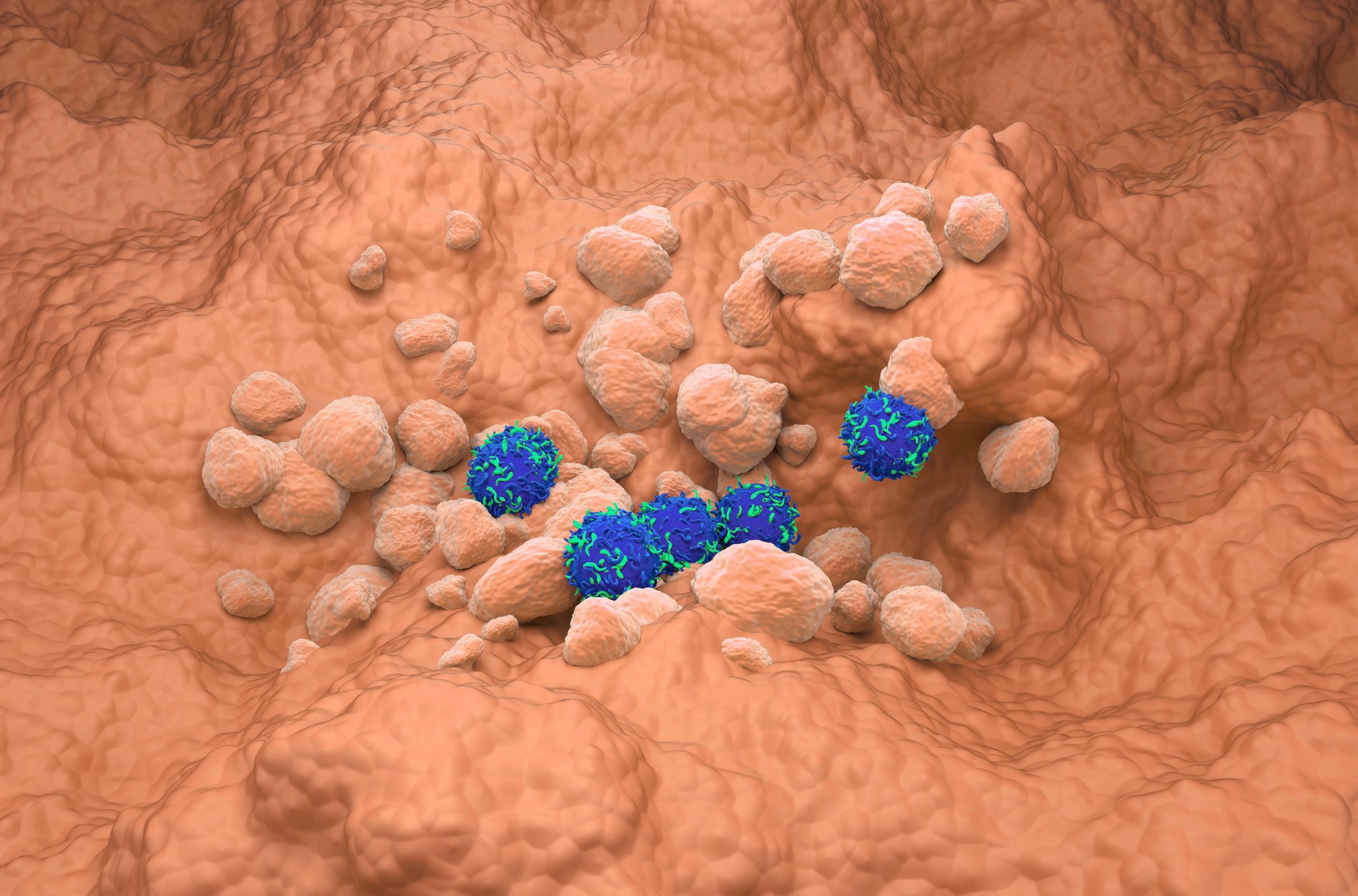EoE is now considered a type 2-mediated immune disease that is often associated with atopic diseases such as atopic dermatitis, asthma and food allergies. In addition to acid blockers (PPI) and steroids, a biologic, dupilumab, is now also available for treatment. Dupilumab specifically targets key cytokines of type 2 inflammation. Dietary measures are still recommended. And if strictures have already formed, dilatation should be considered if necessary.
Eosinophilic esophagitis (EoE) (Fig. 1) is a chronic, immune-mediated disease of the esophagus characterized by symptoms of esophageal dysfunction and histologically by eosinophilic inflammation. Active EoE is defined as ≥15 eosinophils per high power field (hpf) in esophageal mucosal biopsy findings and clinical symptoms [1]. If EoE is left untreated, there is a high risk of esophageal fibrosis, strictures, and bolus obstruction . Studies have shown that genetic predisposition plays a role in the etiopathogenesis of EoE. First-degree relatives of EoE patients have a 10- to 64-fold higher risk of developing the disease compared to the general population [6,7]. Pathophysiologically, EoE results in a dysregulated immune response to environmental antigens and a change in the mucosal barrier, which results in aeroallergens and allergenic components of food penetrating the epithelium and activating receptors and inflammatory cells (especially eosinophils). As a result, mast cells release proinflammatory mediators and promote the recruitment of eosinophils and the release of cytotoxic proteins and cytokines, leading to tissue damage and remodeling [8].
Th2-mediated disease with release of type 2 cytokines
EoE has been shown to be associated with increased levels of type 2 cytokines such as interleukin (IL)-4, IL-5, and IL-13, which are involved in the dysregulated immune response [9]. “Th2 inflammation has a major impact on the modification of epithelial proteins that maintain barrier function,” explained Antonella Cianferoni, MD, PhD, from the Children’s Hospital of Philadelphia and the University of Pennsylvania Perlman School of Medicine (USA) [10]. A Th2 immune response is favored by, among other things, TSLP, an epithelial-derived cytokine expressed by various cell types, by influencing dendritic cells (DCs) [8,11]. Environmental allergens and allergenic components in food act as trigger factors for Th2 immune responses. Cianferoni et al. were able to show in a study that EoE triggered by milk consumption not only leads to local but also systemic Th2 inflammation [12]. “Th2 inflammation is often responsible for the dysregulation of the epithelium”, according to the speaker [10].
Classic treatment strategy: elimination diet, PPI and steroids
“We know that dietary measures are effective,” reported Dr. Cianferoni [10]. In most cases, patients are only allergic to 1-2 foods (e.g. milk), so that a selective elimination diet makes sense (box) . In addition to a change in diet, the use of acid blockers (proton pump inhibitors, PPIs) and steroids is one of the tried and tested treatment measures for EoE [14]. According to the speaker, PPIs are used most frequently. The guidelines recommend using PPIs as monotherapy for a period of 8-12 weeks (1-2 mg/kg/day to 20-40 mg up to twice daily) [14]. This therapy proves to be effective in around a third of EoE patients. The rationale for a high dosage of PPI is that it not only achieves acid-inhibiting effects, but can also reduce the production of STAT-6 and eotaxin-3. “Treatment with steroids, both in oral and topical form, has also proven to be effective,” stated Dr. Cianferoni [10]. As examples, she mentioned the topical application of fluticasone and budesonide as well as budesonide in tablet form (1 mg, 2×/d). If there is a lack of response to monotherapy with PPI or steroids, combination therapy can be considered. If this is also unsuccessful, biologics can now be used.
| “One food” vs “six-food elimination diet“ In a study published in the Lancet Gastroenterology & Hepatology in 2023, Kliewer et al. showed that in EoE patients, omitting one food (e.g. milk) resulted in a similar histological remission after 6 weeks compared to omitting six foods (“six-food elimination diet therapy”). Adults aged 18-60 years with active, symptomatic eosinophilic esophagitis were randomized 1:1 into a study arm with milk elimination alone (“one-food elimination diet”, 1-FED) and an arm with elimination of milk, wheat, egg, soy, fish and shellfish, peanuts and tree nuts (“six-food elimination diet”, 6-FED). Randomization was stratified by age and gender. The primary endpoint was the proportion of patients with histologic remission after 6 weeks. Histological remission was defined as <15 eosinophils per high power field (hpf). In the 6-FED group, 40% (n=25) achieved histologic remission at 6 weeks compared to 34% (n=23) in the 1-FED group. The difference of 6% was not significant (95% CI; -11 to 23; p=0.58). However, the proportion of patients with complete remission was significantly higher in the 6-FED group than in the 1-FED group. |
| to [13] |
Dupilumab as an innovative, highly effective treatment option
“Biologics that target Th2 inflammation lead to a normalization or improvement of the epithelial barrier function,” explained Dr. Cianferoni from [10].
The monoclonal antibody dupilumab binds to the IL-4Rα subunit of the IL-4 and IL-13 receptor complexes and thus specifically inhibits the proinflammatory effect of these two key cytokines [15].
In clinical phase II and phase III studies, dupilumab was shown to improve histological and endoscopic parameters of disease activity and was generally well tolerated [16,17].
Dupilumab 300 mg led to a reduction in eosinophils in the oesophagus both with once-weekly application and with 14-day intervals [17].
In Switzerland, dupilumab (Dupixent®) is approved for the indication EoE from 12 years of age.
The recommended dosage for patients with a body weight (bw) of at least
40 kg is 300 mg dupilumab once a week.
This is a long-term therapy; the weekly administration of dupilumab 300 mg was investigated for up to 52 weeks.
A phase III study on the use of dupilumab in EoE patients aged 1-11 years was recently published in the New England Journal of Medicine.
It shows that dupilumab also led to histological remission in a significantly higher proportion of study participants in this age group compared to placebo [18].
Other biologics being investigated in ongoing studies in EoE include benralizumab (IL-5 receptor blockade), cendakimib (IL-13 blockade) and lirentelimab (anti-Siglec-8)
[19,20].
Letzterer erwies sich im Placebovergleich als überlegen hinsichtlich Kontrolle der Entzündung, nicht aber bezüglich Symptomlinderung.
Eine weitere Behandlungsmöglichkeit besteht in der Aufweitung der Speiseröhre (Dilatation).
Diese Therapiemassnahme ist sinnvoll, wenn sich bereits Strikturen gebildet haben.
Congress: EAACI Annual Meeting
Literature:
- Dellon ES, Hirano I: Epidemiology and natural history of eosinophilic esophagitis. Gastroenterology 2018; 154(2): 319.e3-332.e3.
- Lucendo AJ, et al: Guidelines on eosinophilic esophagitis: evidence-based statements and recommendations for diagnosis and management in children and adults. United European Gastroenterol J 2017; 5: 335-358.
- Schoepfer AM, et al: Delay in diagnosis of eosinophilic esophagitis increases risk for stricture formation in a time-dependent manner. Gastroenterology 2013; 145: 1230-1236.e1-2.
- Warners MJ, et al: The natural course of eosinophilic esophagitis and long-term consequences of undiagnosed disease in a large cohort. Am J Gastroenterol 2018; 113: 836-844.
- Shaheen NJ, et al: Natural history of eosinophilic esophagitis: a systematic review of epidemiology and disease course. Dis Esophagus 2018; 31(8): doy015. doi: 10.1093/dote/doy015
- Kottyan LC, et al: The Genetic Etiology of Eosinophilic Esophagitis. JACI 2020; 145: 9-15.
- Alexander ES, et al: Twin and Family Studies Reveal Strong Environmental and Weaker Genetic Cues Explaining Heritability of Eosinophilic Esophagitis. JACI 2014; 134: 1084-1092.e1.
- Massironi S, et al: Mechanistic Insights into Eosinophilic Esophagitis: Therapies Targeting Pathophysiological Mechanisms. Cells 2023; 12(20): 2473. https://doi.org/10.3390/cells12202473.
- Rochman M, Azouz NP, Rothenberg ME: Epithelial origin of eosinophilic esophagitis. JACI 2018; 142(1): 10-23.
- “Manipulating the barrier dysfunction in EoE – the role of biologicals and microbiota”, Antonella Cianferoni, MD, PhD, EAACI Congress 31.05.-3.06.2024.
- Liu, YJ: TSLP in Epithelial Cell and Dendritic Cell Cross Talk. Adv Immunol 2009; 101: 1-25.
- Cianferoni A, et al. Elevated expression of activated TH2 cells and milk-specific TH2 cells in milk-induced eosinophilic esophagitis. Ann Allergy Asthma Immunol 2018; 120: 177-183.
- Kliewer K, et al: One-food versus six-food elimination diet therapy for the treatment of eosinophilic esophagitis: a multicentre, randomized, open-label trial. Lancet Gastro Hepatol 2023; 8: 408-421.
- Dellon ES, et al: Updated International Consensus Diagnostic Criteria for Eosinophilic Esophagitis: Proceedings of the AGREE Conference. Gastroenterology 2018; 155(4): 1022-1033.e10.
- Swissmedic: Medicinal product information, www.swissmedicinfo.ch,(last accessed 28.06.2024)
- Hirano I, et al: Efficacy of dupilumab in a phase 2 randomized trial of adults with active eosinophilic esophagitis. Gastroenterology 2020; 158: 111-122 e10.
- Dellon ES, et al: Dupilumab in adults and adolescents with eosinophilic esophagitis. N Engl J Med. 2022; 387: 2317-2330.
- Chehade M, et al: Dupilumab for Eosinophilic Esophagitis in Patients 1 to 11 Years of Age. N Engl J Med 2024; 390(24): 2239-2251.
- Nhu QM, Aceves SS: Current state of biologics in treating eosinophilic esophagitis. Ann Allergy Asthma Immunol 2023; 130(1): 15-20.
HAUSARZT PRAXIS 2024: 19(7): 32-33 (published on 22.7.24, ahead of print)













